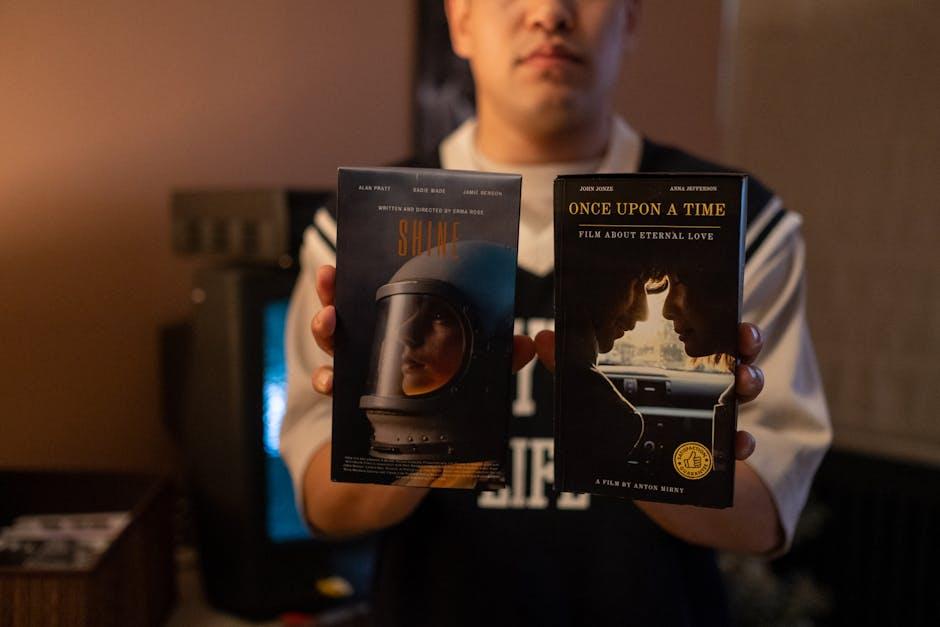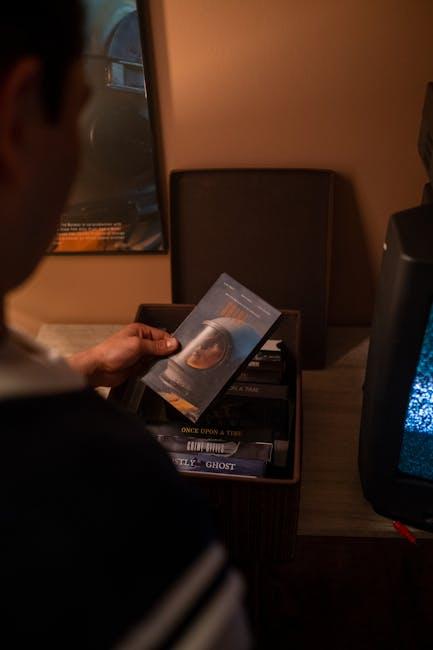In the grand tapestry of cinema, certain films emerge not merely as stories on celluloid but as seminal works that sculpt the very essence of their genres. These classic films, like masterful strokes on the canvas of cultural history, have transcended the confines of their frames to become the cornerstones of entire cinematic categories. Their narratives, characters, and innovations have resonated through time, shaping and defining the contours of what audiences have come to expect and cherish in film. As we journey through the golden corridors of Hollywood and beyond, this article delves into the iconic movies that not only captured the imagination of their era but also laid the groundwork for the future of filmmaking. From the haunting shadows of film noir to the exhilarating rush of action-packed adventures, discover how these timeless masterpieces have left an indelible mark on the world of cinema, forever altering the landscape of storytelling and inspiring generations of filmmakers to come.
Cinematic Trailblazers Unveiling the Foundations of Iconic Genres
In the vast tapestry of cinematic history, certain films stand as monumental pillars, carving out the essence of entire genres. These trailblazers did more than entertain; they established the rules and aesthetics that countless filmmakers have followed. Alfred Hitchcock’s “Psycho” (1960), with its revolutionary narrative techniques and psychological tension, laid the groundwork for the modern thriller, shaping the way suspense and fear are conveyed on screen. “The Godfather” (1972), directed by Francis Ford Coppola, didn’t just redefine the crime genre; it elevated it, infusing it with a profound exploration of family dynamics and moral ambiguity.
- “Star Wars” (1977): George Lucas’s epic space opera transformed science fiction from niche to mainstream, creating a cultural phenomenon with its imaginative world-building and groundbreaking special effects.
- “Jaws” (1975): Steven Spielberg’s masterpiece pioneered the summer blockbuster, combining thrilling action with compelling storytelling, forever altering the landscape of commercial cinema.
- “Pulp Fiction” (1994): Quentin Tarantino’s nonlinear narrative and eclectic dialogue reshaped the crime drama, showcasing the power of unconventional storytelling and stylistic innovation.
These films not only defined their respective genres but also influenced generations of filmmakers, leaving an indelible mark on the art of cinema. Through their visionary storytelling and innovative techniques, they continue to inspire and captivate audiences worldwide.

Timeless Masterpieces Analyzing the Influence of Classic Films on Modern Cinema
Throughout cinematic history, certain films have not only captured the imaginations of audiences but have also laid the groundwork for entire genres. These timeless masterpieces have been instrumental in shaping the narrative, visual, and thematic elements that define modern cinema. As we delve into the influence of these classics, it becomes clear that their impact resonates far beyond their initial release, creating blueprints for future filmmakers.
- Film Noir: With its roots in the shadowy streets of post-war America, film noir established the dark, gritty aesthetic that continues to influence today’s thrillers and detective stories. Its hallmark features, such as morally ambiguous characters and complex, twisted plots, are evident in contemporary works like “Se7en” and “Blade Runner 2049”.
- Science Fiction: The visionary worlds of classics like “2001: A Space Odyssey” and “Metropolis” have paved the way for modern sci-fi films. Their exploration of technology and human existence echoes in recent blockbusters like “Interstellar” and “Ex Machina”.
- Musicals: The lavish, choreographed spectacles of films like “Singin’ in the Rain” have set a high standard for the musical genre. This legacy is celebrated in recent hits such as “La La Land”, which pays homage to the grand tradition while infusing it with a modern sensibility.
These classic films are more than just stories on celluloid; they are the architects of cinematic language, offering an enduring legacy that continues to inspire and challenge filmmakers across the globe.

Genre-Defining Moments How These Films Shaped Storytelling and Aesthetic Norms
Throughout cinematic history, certain films have transcended their entertainment value to become benchmarks that define entire genres. These iconic movies not only captivated audiences but also set new storytelling and aesthetic standards. Alfred Hitchcock’s “Psycho” is a quintessential example in the horror genre, pioneering the use of suspense and psychological tension to create an atmosphere that keeps viewers on the edge of their seats. With its innovative narrative structure and striking visual style, “Psycho” established a template that would influence countless filmmakers for generations.
- “2001: A Space Odyssey” – Redefined science fiction with its groundbreaking special effects and philosophical storytelling.
- “The Godfather” – Set the standard for crime dramas, blending complex characters with an intricate narrative about family and power.
- “Pulp Fiction” – Revolutionized the crime genre with its non-linear storyline and eclectic dialogue, influencing the aesthetics of modern cinema.
These films not only introduced new visual and narrative techniques but also challenged existing norms, paving the way for creative storytelling in their respective genres. They remain touchstones of innovation, demonstrating how cinematic art can evolve and continue to inspire future generations of filmmakers.

Essential Viewing Recommendations for Understanding the Evolution of Film Genres
Film genres have evolved significantly over the decades, often being shaped and redefined by standout films that pushed the boundaries of storytelling and cinematic technique. To truly grasp the metamorphosis of these genres, one must delve into the classics that laid the groundwork for future filmmakers. Horror, for instance, owes much of its chilling legacy to Alfred Hitchcock’s Psycho, a film that masterfully introduced psychological terror and suspense. Similarly, science fiction found a new dimension with Stanley Kubrick’s 2001: A Space Odyssey, which combined groundbreaking visual effects with profound philosophical questions.
- Action: The high-octane sequences and charismatic heroism in films like Die Hard set the standard for modern action movies.
- Comedy: The comedic genius of Some Like It Hot continues to influence comedic storytelling with its sharp wit and daring performances.
- Drama: Citizen Kane revolutionized narrative structure and character depth, becoming a touchstone for dramatic cinema.
Each of these films not only exemplified their genres but also expanded the possibilities of what cinema could achieve, inspiring countless directors and writers to explore new creative horizons.




